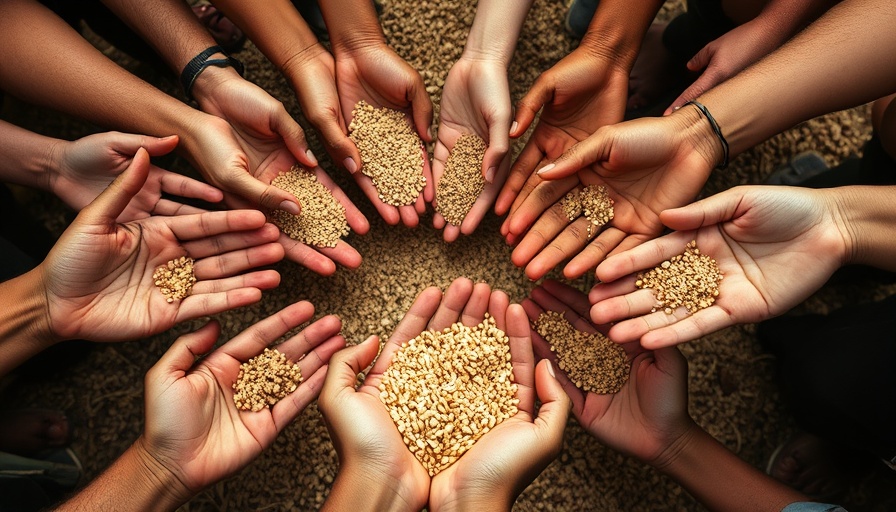
Coastal Source Takes a Major Step Toward Eco-Friendly Solutions
In an impactful move for the outdoor audio and lighting industry, Coastal Source has unveiled that its new EVO outdoor lighting solutions will be packaged in eco-friendly materials, marking a significant departure from traditional packaging practices. As highlighted by Coastal Source technical specialist Aja Ferretti, the transition is primarily about the materials used—most notably, eliminating plastic altogether.
Why This Change Matters
The decision to adopt recycled cardboard cartons instead of plastic inserts, baggies, and bubble wrap comes directly from dealer and installer feedback identifying excessive waste as a significant pain point in their operations. Excess packaging not only burdens job sites with non-biodegradable materials but also creates unnecessary costs and clutter. By transitioning to plastic-free and biodegradable materials, Coastal Source aligns itself with the growing demand for sustainable practices in home automation and eco solutions.
A Closer Look at Innovative Packaging
Coastal Source’s innovative packaging for its EVO product line features only cardboard, paper, and cotton muslin bags, with even the traditional twist ties removed. This forward-thinking initiative allows installers to feel more environmentally responsible while maintaining a professional appearance at job sites. Notably, the new packaging is designed to be recyclable or compostable, ensuring minimal environmental impact while allowing homeowners to contribute to sustainability efforts.
Broader Implications for Eco Solutions
The move towards eco-friendly packaging by Coastal Source sets a promising precedent within the outdoor lighting industry. As consumers increasingly prioritize sustainability in their purchasing decisions, manufacturers are recognizing the competitive advantage of adopting greener practices. With the EVO line, Coastal Source not only meets this consumer expectation but strengthens its own commitment to environmental stewardship.
What’s Next for Coastal Source?
As the industry evolves towards more sustainable practices, Coastal Source aims to expand upon the successful launch of the EVO line. With their products engineered to withstand challenging environments—using solid brass and offering a lifetime warranty—the company is positioned well for growth in both eco-conscious and performance-driven markets. Their innovative Plug+Play technology also ensures ease of installation, which many DIY enthusiasts find appealing.
Get Involved in Eco-Friendly Practices
Ultimately, customer engagement in these eco-friendly initiatives can further inspire manufacturers to innovate. As Coastal Source continues to lead by example, consumers are encouraged to consider how their choices in home automation and outdoor lighting can align with their values for sustainability.
 Add Row
Add Row  Add
Add 




Write A Comment